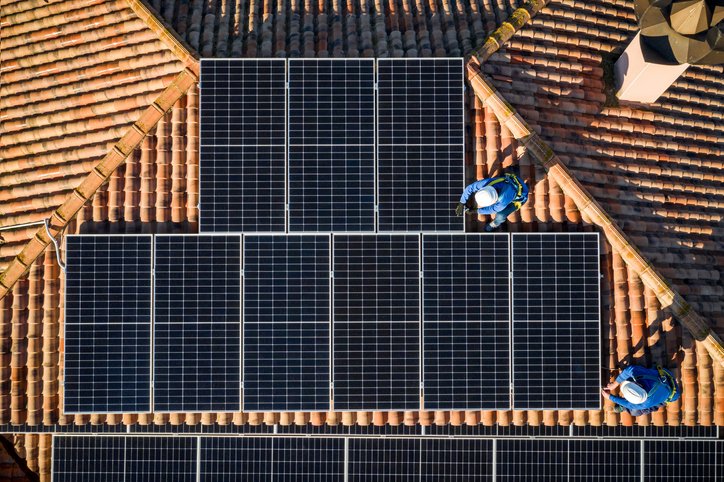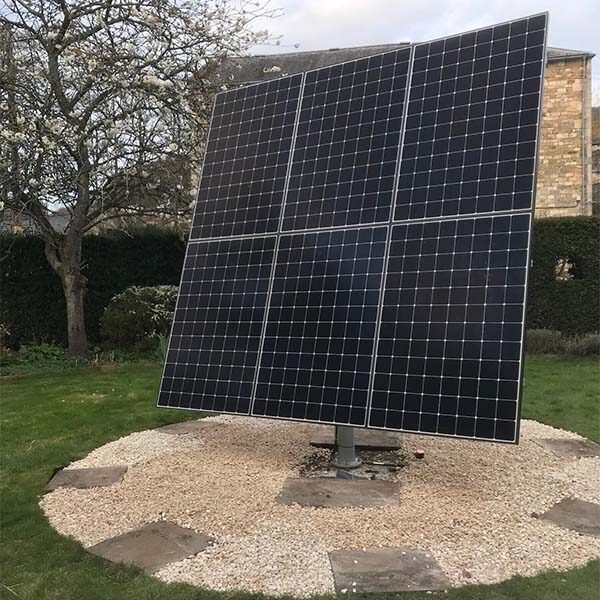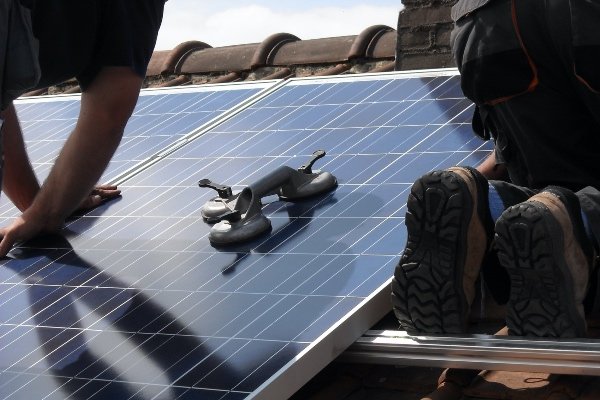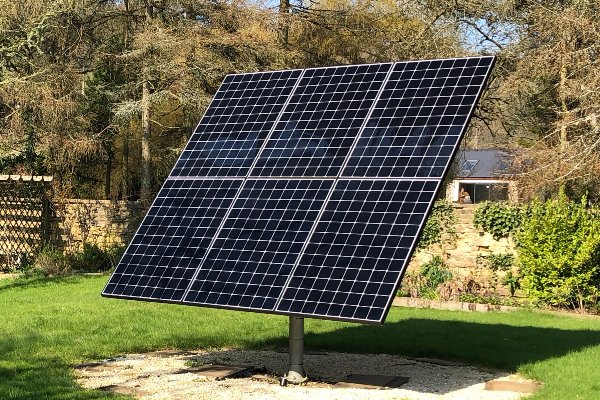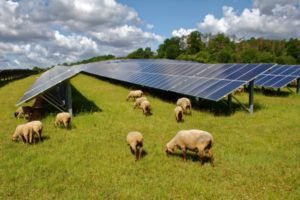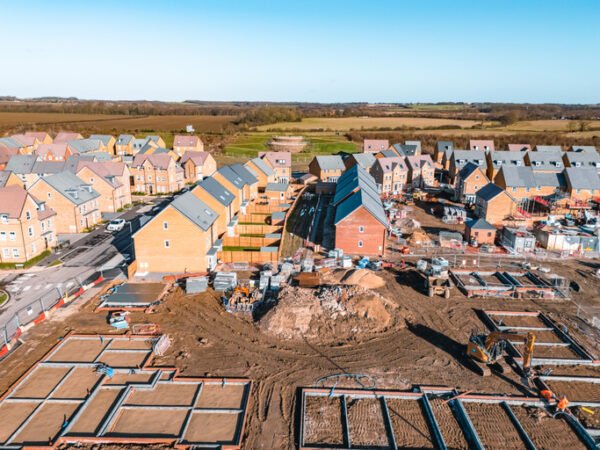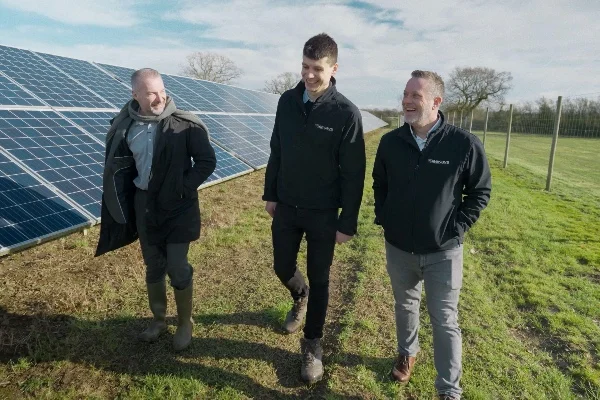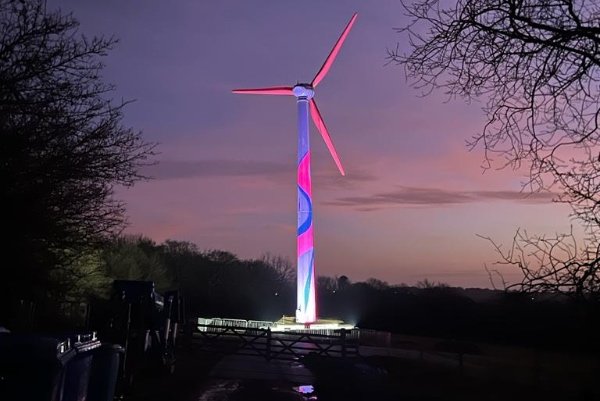Over half of the solar panels required to hit government net zero targets could be fitted on rooftops and car parks, a major new report for CPRE, the countryside charity, has found.
The research, by the UCL Energy Institute, shows that decarbonising the grid requires far less land than previously feared.
The charity has now advised the government to set a national rooftop solar target of at least 40GW by 2035.
Protecting landscapes
Installing solar panels unobtrusively on existing buildings and car parks would enjoy near universal public support and help minimise objections to large solar farms in the countryside, the report says.
The potential of urban brownfield sites to generate renewable energy is being dramatically underutilised at present.
A series of crises, including energy security, food security, climate change, nature recovery and housing, have placed the countryside under intense pressure.
The report concludes that, in order to transition to renewable energy in the timeframe required, there is no alternative but to accept ground-mounted solar projects will be necessary.
However, it offers hope that valuable landscapes can be protected, the need for additional large greenfield schemes gradually removed and contentious planning disputes avoided if rooftop solar is prioritised.
Rooftop solar as standard
The government has set a national target of 70GW of solar energy generation by 2035.
The independent review analysed and quantified the solar photovoltaic capacity of rooftops and car parks across England, providing an assessment of the total energy that could be generated.
The report found that installing solar panels on existing rooftops and other land such as car parks could provide at least 40-50GW in England by 2035.
Longer term to 2050, and with further investment, there is potential for up to 117GW of low carbon electricity to be generated from roofs and other developed spaces.
CPRE is calling on the government to ensure all suitable new buildings have rooftop solar as standard.
Regulations should be updated so that solar capacity is a requirement of planning permission for major refurbishments and new residential, commercial and industrial buildings.
 Play Video about This Rock Might Just Save The World
Play Video about This Rock Might Just Save The World Play Video about Play 2 hours of rock
Play Video about Play 2 hours of rock Play Video about Play 2 hours of brook
Play Video about Play 2 hours of brook Play Video about Play 2 hours of sheep
Play Video about Play 2 hours of sheep

















